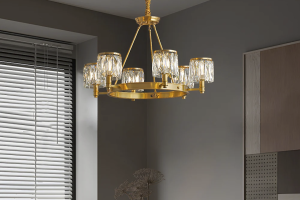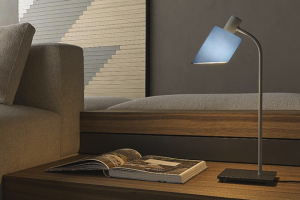Introduction
When it comes to designing a space, lighting plays a significant role in setting the mood and atmosphere. The right lighting can enhance the look and feel of a space, while also providing practicality for everyday tasks. One type of lighting that is gaining popularity in contemporary architecture is architectural ceiling lights. In this article, we will explore the benefits and design possibilities architectural ceiling lights bring to a space.
Benefits of Architectural Ceiling Lights
Architectural ceiling lights are a versatile lighting choice that offers a range of benefits. One of the main advantages of installing these lights is their ability to create a cohesive look and feel in a space. They allow designers to seamlessly integrate lighting into the architecture of the space. This integration creates a sleek look and reduces the need for additional fixtures.
In addition to their design possibilities, architectural ceiling lights are also energy-efficient. They use LED technology to produce a high-quality, bright light while using minimal energy in the process. This efficiency is not only beneficial for the environment, but it also saves costs on energy bills by reducing electricity consumption.
Another advantage of architectural ceiling lights is their flexibility. They can be used to create a range of lighting effects, from bright task lighting to dim mood lighting. This range of flexibility makes them an ideal choice for spaces like offices, homes, and retail stores, where different lighting levels are required at different times.
Design Possibilities of Architectural Ceiling Lights
One of the most exciting aspects of architectural ceiling lights is their design possibilities. They come in various shapes and sizes, including linear panels, circular discs, and modular units. These options make it possible to create custom-designed lighting solutions that suit the needs of the space.
Architectural ceiling lights can also be used to create striking visual effects. They are perfect for creating feature walls, illuminating artwork, and highlighting architectural details like arches and pillars. The even distribution of light that architectural ceiling lights produce makes them ideal for showcasing the beauty of a space.
Another design possibility of architectural ceiling lights is their ability to create dynamic lighting effects. With the use of control systems, they can be programmed to change colour, brightness, and intensity. This programmability allows designers to adjust lighting to suit different moods and activities, from relaxing to energising.
Installation Considerations
Architectural ceiling lights require professional installation due to their complex design and electrical requirements. When planning to install these lights, it is crucial to ensure that the supporting structure of the ceiling can bear the weight of the fixtures. Additionally, it is essential to consider the electrical requirements, including the need for dimming and control systems.
Before installation, it is also important to determine the optimal lighting layout for the space. This layout will consider the location of the lights and their power output, as well as the desired mood and effect.






More Stories
Rustic Industrial Iron Wall Lamp: Perfect for Kitchen
27 Kitchen Lighting Ideas to Make Your Space Shine
Enhance Your Kitchen with a Stone Wall Lamp